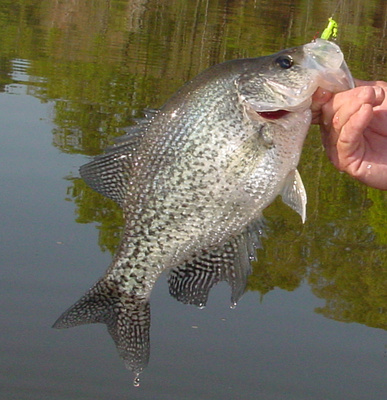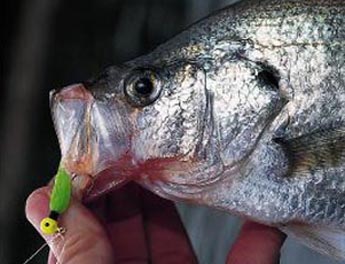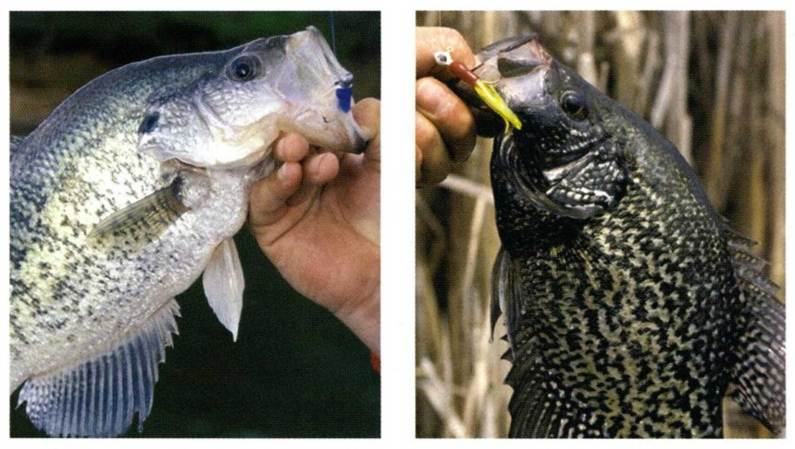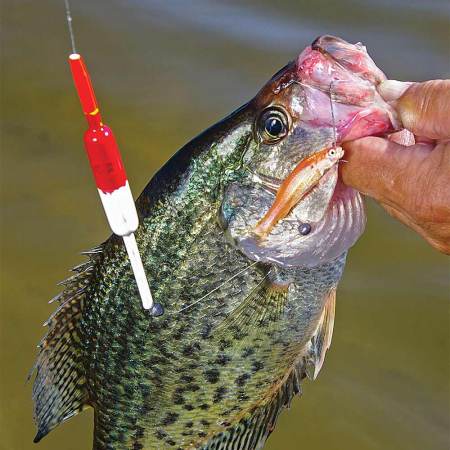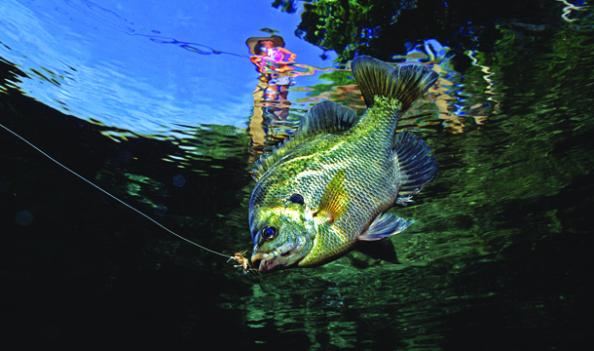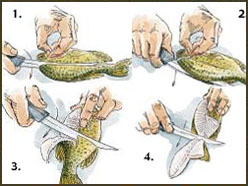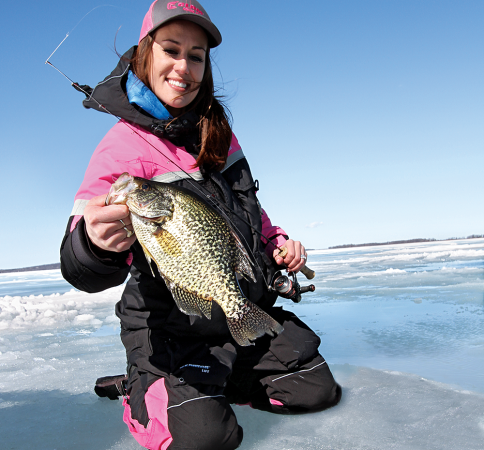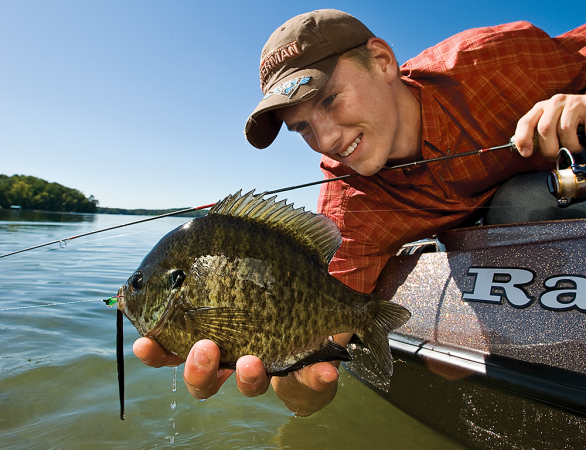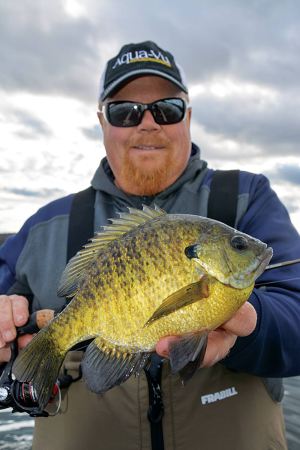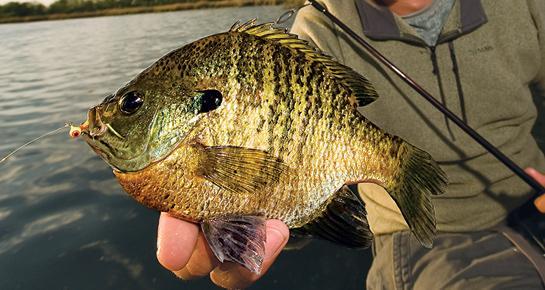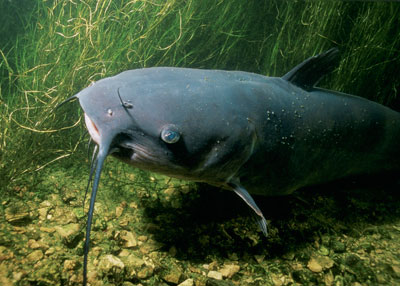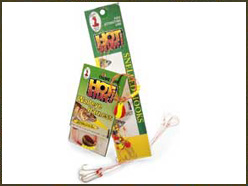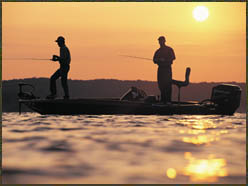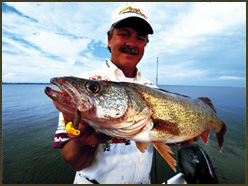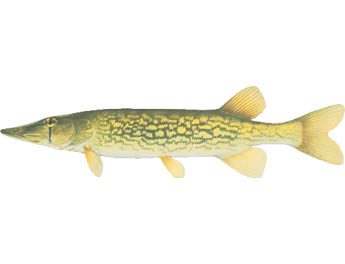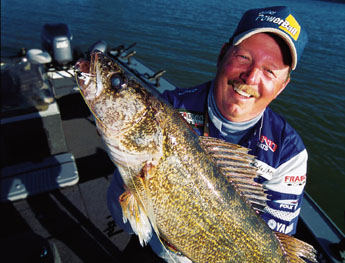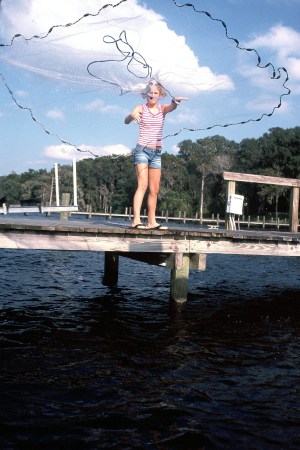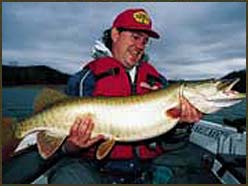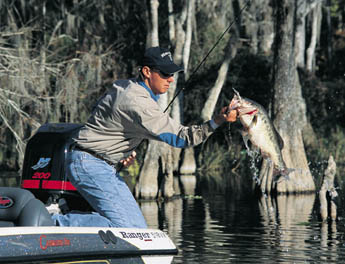SEASONAL TIPS FROMTHE PROS ON HOW TO FISH WEEDS, WOOD AND BRUSH PILES TO CATCH SLABS
The icicles on the eaves are dripping steadily and the mercury is nudging upward a little more each day. It’s spring, or close to it, and the crappies are starting to get antsy. They’ll be moving toward the shallows in stages, and they’ll congregate wherever they find cover. Drop a minnow or jig into submerged brush, underwater weed beds or standing timber. Then hang on.
WEEDS
SPRING: Tim Gibson finds crappies staging or spawning in the milfoil at Patoka Lake. He favors 2- to 3-inch curlytail grubs on a 1/16-ounce jighead and 4-pound-test line. He hops the jigs with an erratic retrieve over the tops of the weeds.
“In Louisiana crappies are never in the weeds except during the spawn,” says Richard Lindsey, who likes a 1/64 – or 1/32-ounce hair jig fished 1½ to 2 feet under a bobber. He casts the rig along weed edges or into pockets of water hyacinths and pops the cork during his retrieve.
POST-SPAWN: Gibson targets grass beds at the mouths of coves, where he catches crappies until the end of June. The same grub tactics that produced for him in the early spring work again on post-spawn crappies recuperating in the weeds.
Lindsey occasionally uses his jig-and-bobber rig around the outside edges of weeds and hyacinth colonies but generally switches to other warm-weather patterns.
SUMMER: On lakes that develop thermoclines during the summer, Gibson usually finds crappies suspending in offshore weeds.
Lindsey targets milfoil for crappies on Southern lakes. He scouts for offshore structure with weeds, especially humps that rise to within 10 to 11 feet of the surface.
Gibson lowers a 1/48-ounce plastic tube jig or curlytail grub into tiny holes in the weeds.
When fishing milfoil in depths of 12 to 14 feet, Lindsey dips a 1/16-ounce hair jig tied on 4-pound-test line into holes.
AUTUMN/WINTER: Gibson returns to his grub-hopping technique when crappies move briefly into shallow grass beds in the fall. “For some reason a lot of people start looking for crappies in deep water. I find my best fishing much shallower,” Gibson says.
“Crappies will do the same thing in the fall that they do in the spring: They move shallow because baitfish go shallow. It really amazes me when I see all the people fishing fifteen to eighteen feet deep then. They might catch some small fish, but the bigger crappies are closer to the bank.”
TIMBER
SPRING: Shallow standing timber and laydowns are Gibson’s favorite targets for spawning crappies at Patoka. “In a normal year the fish will spawn in the timber and logs,” he says. “I’ve seen crappies releasing their eggs on top of stumps that are only a foot under the water.”
When the fish are spawning in the timber, Gibson uses 1/16-ounce plastic tubes in a variety of colors and fishes the jigs vertically on 6-pound-test line around the wood cover. He works the jig up and down gingerly to avoid snags.
POST-SPAWN: Gibson checks standing timber along creek channel drop-offs for suspending crappies. Otherwise, the fish will be in weeds or brush piles.
By now, Lindsey is concentrating on areas of standing timber and weeds in fairly shallow water. Crappies in Southern waters will stage in such areas after the spawn, recovering and feeding sporadically.
SUMMER: “Regardless of where the lake is, I look for standing timber in twelve to sixteen feet of water,” says Lindsey. Even though milfoil might hold more crappies, it’s easier to find fish in flooded trees than it is to pinpoint them in vast mats of milfoil.
Lindsey looks for fish suspended anywhere from 6 to 8 feet deep over depths of 9 to 12 feet. His favorite tactic for suspended fish is to dip a plastic tube or hair jig tipped with a minnow next to the timber and present the lure vertically on 6-pound-test line with an 11-foot crappie pole.
AUTUMN/WINTER: Gibson reverts to his favorite spring pattern to catch crappies in cooler weather. He fishes shallow timber with jigs to catch crappies chasing shad through the standing timber.
River crappies also move to shallow wood cover rather than shoreline weeds in fall. Lindsey looks for laydowns and standing timber in depths of 8 to 10 feet where he presents a 1/32-ounce hair jig on 6-pound-test line. The Louisiana guide lets the jig fall 5 to 6 feet deep and then pumps the lure occasionally as he works it back to the boat.
BRUSH
SPRING: Neither Gibson nor Lindsey relies on brush piles during the spawn, mainly because only pre-spawn or post-spawn fish suspend above or in them. In some lakes, the hard sandy bottoms and depths that crappies favor for spawning might be free of aquatic vegetation.
Instead, spawners gravitate to “living brush piles” such as buck brush, crooked brush and flooded willows and reeds growing in the shallows. Fish vertically in this cover with live minnows, tiny tubes or small hair-tail or curlytail jigs.
POST-SPAWN: Some crappies move to brush piles near creek channel drop-offs. Gibson jigs these areas vertically with a 1/16-ounce jig. He enhances the lure by tipping it with a minnow or Berkley Crappie Nibble and holds it near the cover with minimal movement. “There are times when the crappies want the jig sitting practically dead still,” he says.
SUMMER: Crappies favor cooler water, if the dissolved oxygen content is tolerable, and they will migrate offshore to find their comfort level as the weather warms. Strategically placed brush piles on drop-offs and ledges produce crappies for Gibson throughout the summer.
The Patoka Lake guide also probes deep brush piles with his jigging tactics in July and August. “Some of the creek channels on this lake have springs, and that’s where you can find the fish deeper,” says Gibson.
AUTUMN/WINTER: Shallow brush produces throughout the fall as long as the cover holds baitfish. When shad move deep on the Red River during winter, Lindsey starts visiting sunken brush piles. Crappies will suspend above the brush at depths of 18 to 21 feet; Lindsey slow-trolls over the brush tops with plastic tube jigs tipped with minnows.
The same tactics work in Midwestern lakes, although cold winter weather is often the limiting factor for anglers such as Gibson.
TOP CRAPPIE GUIDES
Tim Gibson A summer guide on Indiana’s Patoka Lake, Gibson (812-936-3382) specializes in catching hefty stringers of big-water crappies.
Richard Lindsey A touring pro and guide, Lindsey (318-294-4168) fishes the Red River and other slow-moving streams in his home state of Louisiana.

